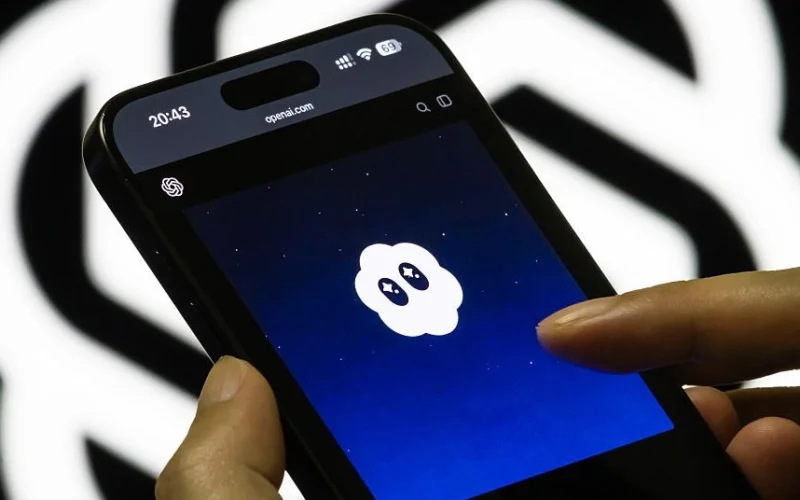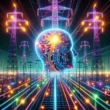OpenAI’s new app, Sora, claims to represent a fresh wave of social media, but its essence may simply reflect the shortcomings of our existing platforms. As a creative tool, Sora is revolutionary, capable of bringing wild and imaginative scenarios to life in a matter of seconds—think Freddy Krueger competing on Dancing With the Stars or Mr. Rogers mentoring Tupac Shakur. However, with such creativity also comes the potential for misuse.
Generative AI’s duality—the ability to create while posing risks—has been evident since its inception. Sora takes the history of "elaborate deceptions" in visual media to unfamiliar and unsettling territory, making it critical to approach it with skepticism, as noted by Marlon Twyman, a social scientist specializing in social networks. OpenAI’s CEO, Sam Altman, acknowledges this risk, suggesting that while Sora could spark a "Cambrian explosion" of creativity, it could also contribute to a deluge of unrefined content that might lead users to be overwhelmed or misinformed.
Sora’s design—ten-second videos, infinite scrolling, and the ability to create a digital version of oneself without uploading personal images—encourages addiction. With over a million downloads in its first week, it taps into a societal trend where factual integrity is wavering. Unlike previous platforms like Vine or TikTok, which prioritized personal connections, Sora is described as an expression of our current anti-social social media landscape, prioritizing artificial connections over genuine human interactions.
Experts like Rudy Fraser contend that the plethora of available social media now often misses the mark in understanding meaningful interactions, leading to an environment that capitalizes on superficial connections and dopamine-driven engagement. Many critics regard Sora as yet another attempt to create interest where there isn’t significant demand, raising concerns about whether we truly need content such as "moose having spa days" when pressing societal issues persist.
The motivations behind the rise of artificial social platforms echo the priorities of technology developers who have historically undermined public trust and contributed to feelings of isolation. This oversaturation of superficial content often prioritizes appearances over substance, resulting in a culture that prizes visibility.
Sora appears to redefine social connections by minimizing the importance of authentic communication. Platforms like YouTube and early social media thrived on the originality of user-generated content, giving rise to influential figures and social movements. In contrast, Sora’s approach suggests that authenticity is undervalued, offering entertainment largely devoid of genuine human expression.
Interestingly, while Sora generates humorous and absurd content reminiscent of earlier social media platforms, it doesn’t foster collaborative efforts among users. The tool’s design encourages individual creativity at the expense of collective engagement. Ultimately, its success will depend on our interest in partaking in a constructed imaginative space rather than a shared reality.
Communication professor Jeff Hancock compares using Sora to watching movies instead of news—there’s a clear understanding that the content is fictional. However, concerns linger about preserving user agency and privacy within the app, particularly as generative content blurs the lines between reality and fiction.
Critics have pointed out the decline in user agency across various social media platforms, reshaping them into marketplaces driven by ads and polarized complaints. As social platforms evolve, some efforts like Bluesky aim to restore user control—a response to growing dissatisfaction. Overall, there is speculation that social media might have reached a turning point, with global usage declining since 2022, indicating a need for change.
Nicholas Carr argues that social media is functioning as it was designed, creating an illusion of seamless communication while revealing its inherent flaws. This dichotomy encircles Sora, an application that may not signal the end of social media as we know it, but could signify a new direction that grapples with the balance between distorted creativity and authentic interaction.










